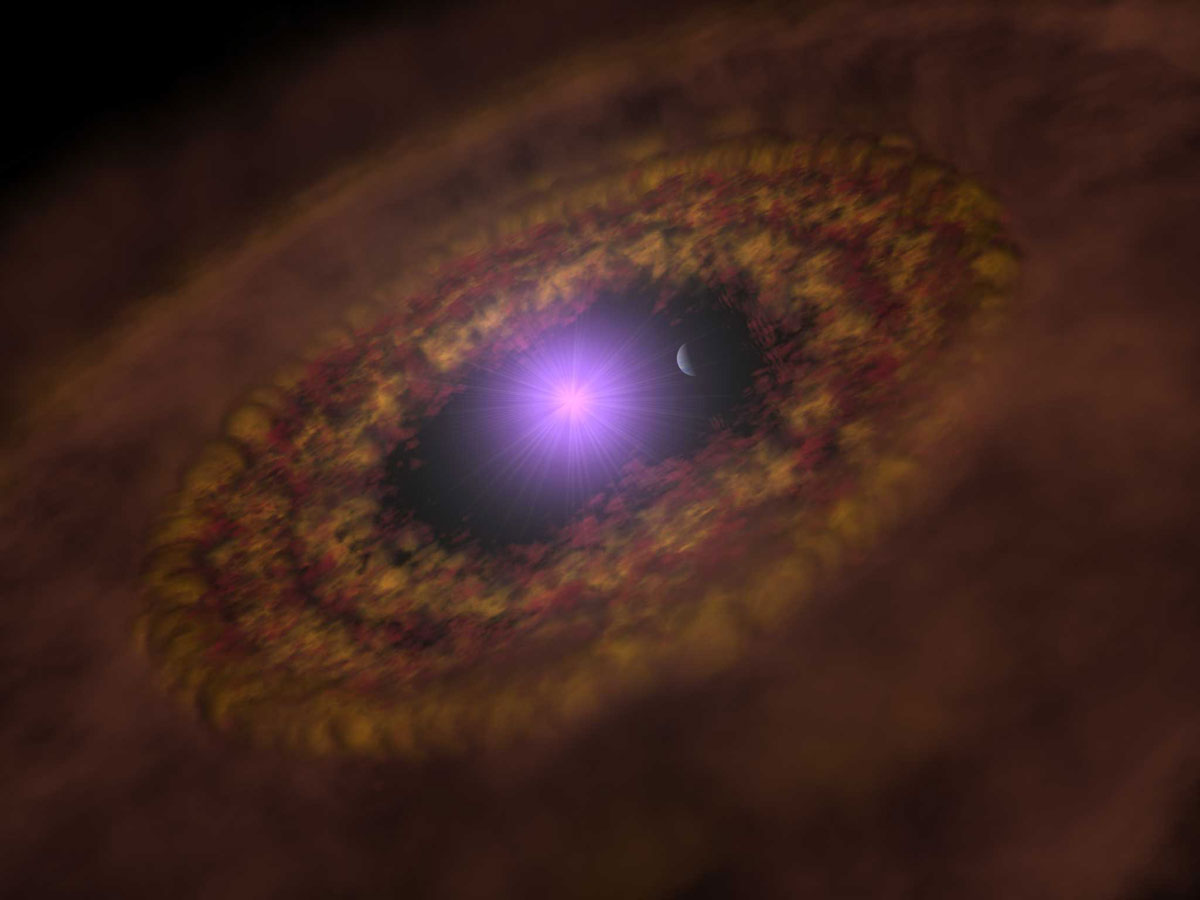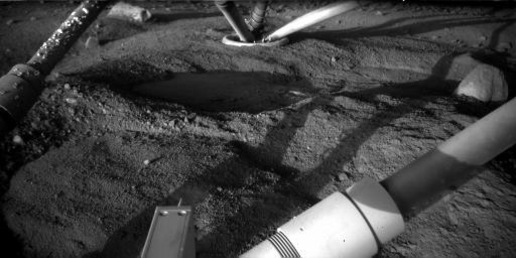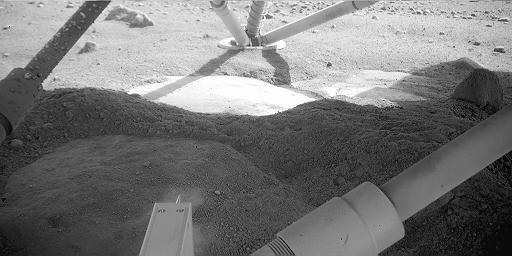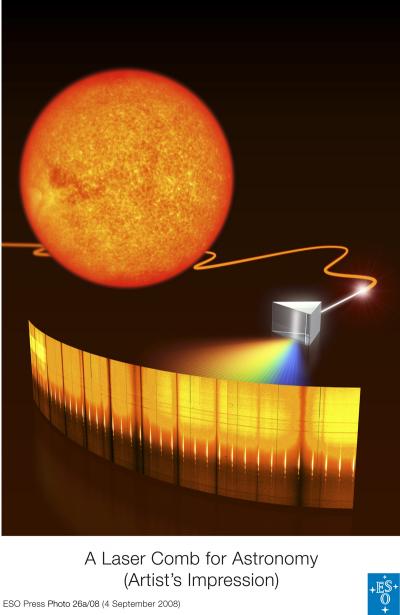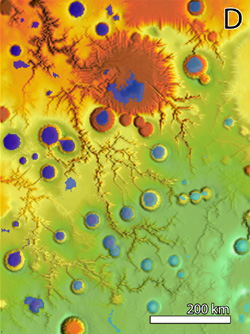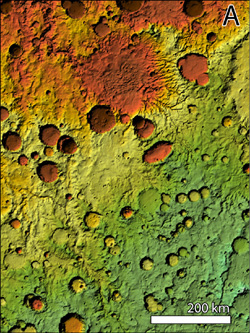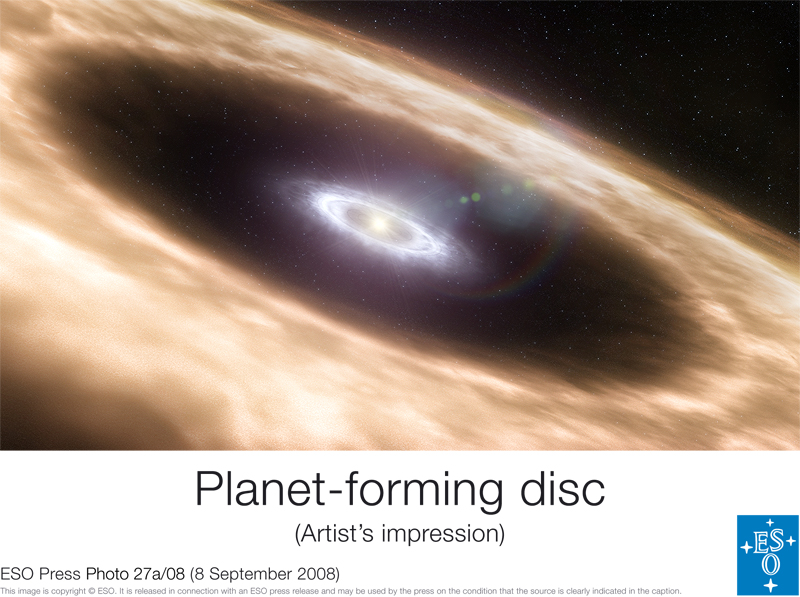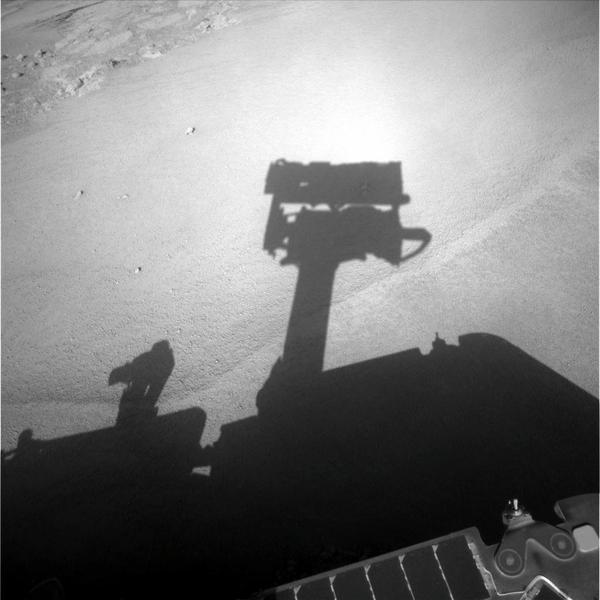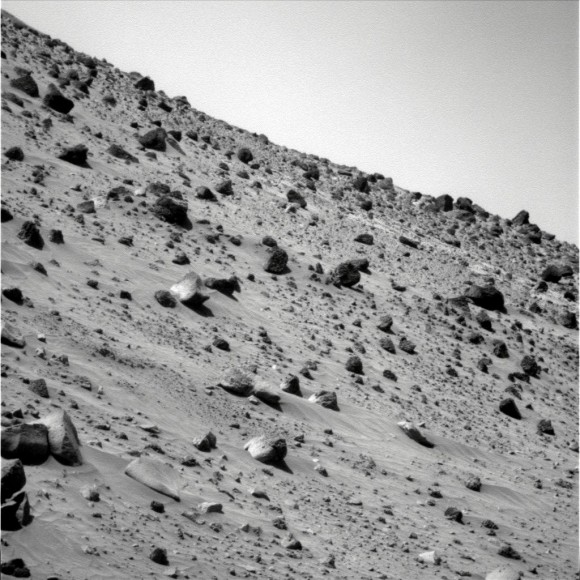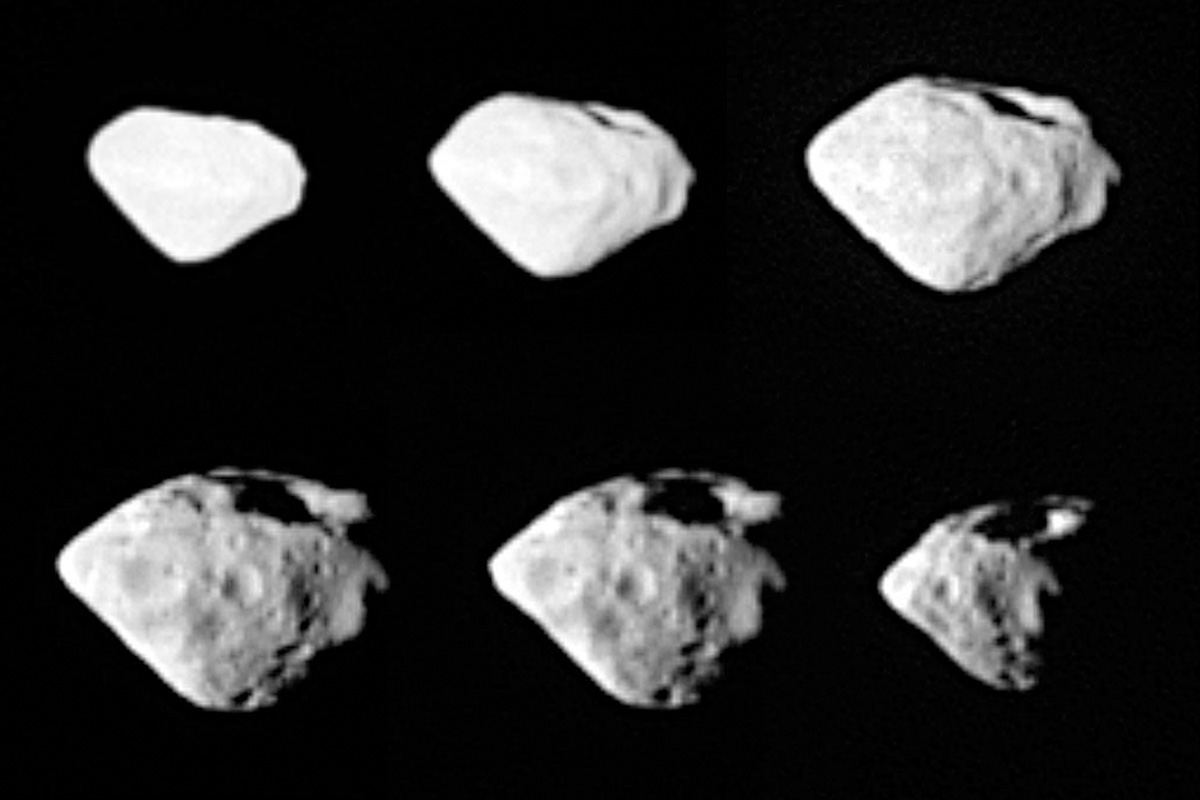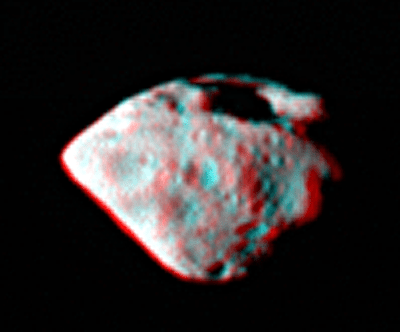[/caption]
On March 19, 2008 at 2:13 am EDT, NASA’s Swift satellite detected an explosion from the constellation Bootes, and sent an alert to ground-based telescopes. At the same moment, the Russian KONUS instrument on NASA’s Wind satellite and a robotic wide-field optical camera called “Pi of the Sky” in Chile captured the first visible light from this incredibly bright and powerful gamma ray burst. Within the next 15 seconds, the burst brightened enough to be visible in a dark sky to human eyes. For a few moments, the GRB had a million times the luminosity of the entire Milky Way Galaxy. It briefly crested at a magnitude of 5.3 on the astronomical brightness scale. Incredibly, the dying star was 7.5 billion light-years away. Astronomers say the reason this gamma ray burst was so bright was that it was aimed almost directly at Earth.
Observations of the event, formally named GRB 080319B, are giving astronomers the most detailed portrait of a GRB ever recorded. “You have to have the satellites in orbit and the rapid response telescopes on Earth in order take complete advantage this rare kind of event,” said David Burrows, head of the Swift X-ray telescope team, at today’s press conference detailing the GRB.
Judith Racusin of Penn State University and a team of 92 coauthors report on observations across the spectrum that began 30 minutes before the explosion and followed its afterglow for months. The team concludes the burst’s extraordinary brightness arose from an unusual two component jet that shot material directly toward Earth at 99.99995 percent the speed of light.
Telescopes around the world already were studying the afterglow of another burst when GRB 080319B exploded just 10 degrees away.
Immediately after the blast, Swift’s UltraViolet and Optical Telescope and X-Ray Telescope indicated they were effectively blinded. Racusin initially thought something was wrong. Within minutes, however, as reports from other observers arrived, it was clear this was a special event. A head-on burst directed towards Earth only occurs by chance only about once a decade, so GRB 080319B is a rare catch.
Gamma-ray bursts are the universe’s most luminous explosions. Most occur when massive stars run out of nuclear fuel. As a star’s core collapses, it creates a black hole or neutron star that, through processes not fully understood, drive powerful gas jets outward. These jets punch through the collapsing star. As the jets shoot into space, they strike gas previously shed by the star and heat it. That generates bright afterglows.
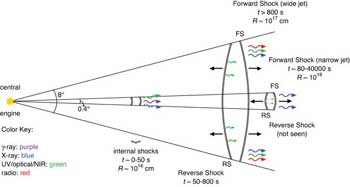
The team believes the jet directed toward Earth contained an ultra-fast component just 0.4 of a degree across. This core resided within a slightly less energetic jet about 20 times wider. “A normal signature is different from what we saw in this burst,” said Racusin . “In this object, we see two signatures of jets with two different properties.”
“Perhaps every gamma-ray burst has a narrow jet, but astronomers miss it most of the time,” says team member Stefano Covino. “We happened to view this monster down the barrel of the very narrow and energetic jet.”
These unique beacons of light were observed only 8 minutes after the trigger, and are the brightest bursts ever detected. Additional study of this event can also help provide more information on relativity and cosmology.
Burrows said if a similar event happened at our own galaxy, we would be in considerable trouble. “It’s been postulated that a nearby gamma ray burst directed at earth could affect our atmosphere, causing something like a nuclear winter. We are fortunate in that we don’t believe there are any stars in our galas that will produce a gamma ray burst.”
NASA, NASA News Audio


